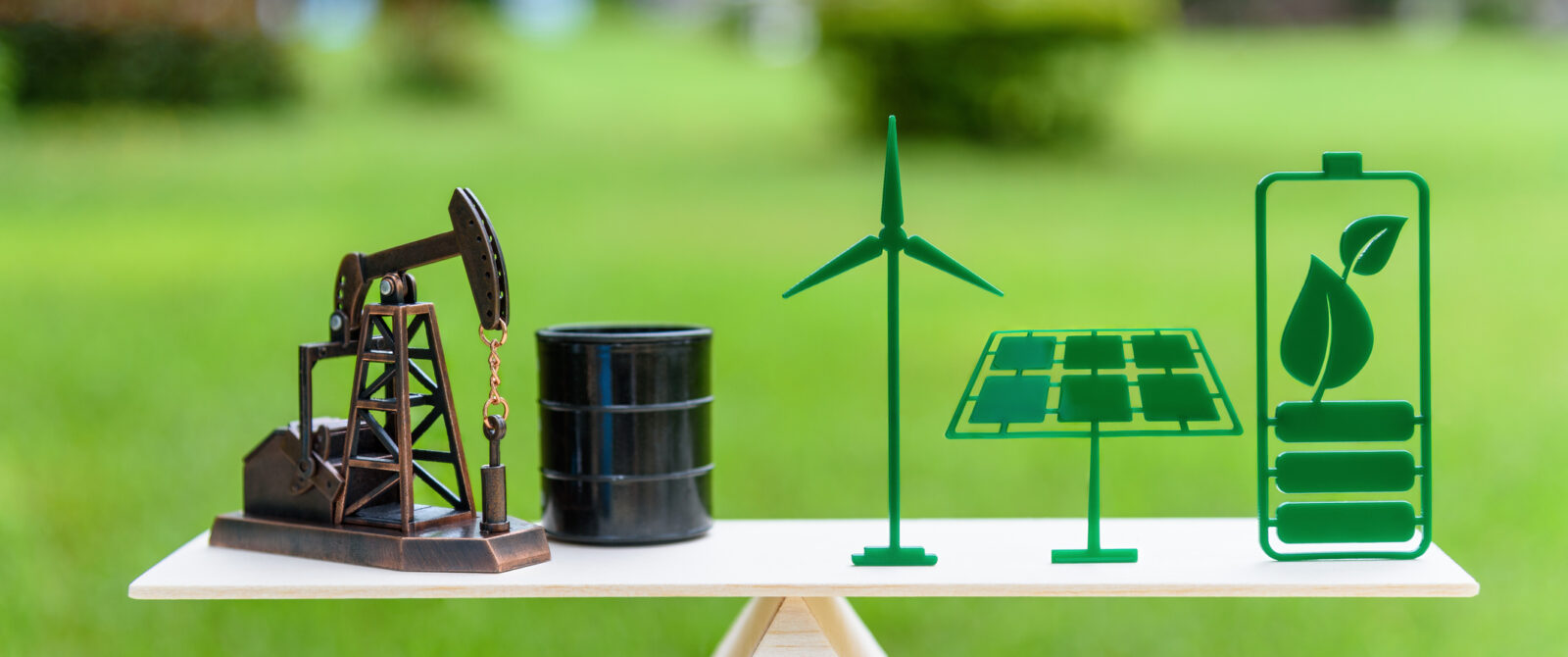From fossil sources to renewables
Energy transition can’t be achieved by just suddenly pulling out of using fossil fuels. Market players and analysts argue that it must be a gradual process of elimination, guaranteeing that energy grids remain stable, resilient and efficient.
We all know by now what the goals are: by 2030, global emissions from the energy sector must be cut to 30% below 2019 levels. And 75% by 2040, if we want to reach the target of net zero emissions by 2050, as set out in the Paris Agreement signed by 194 countries and by the European Union.
To achieve this, we must quickly reverse recent trends: emissions rose by 0.9% per year from 2015 to 2020. Basically, according to an executive report by BloombergNEF, the energy sector needs to make huge progress over the coming decade, reducing emissions by 57% from 2019 levels by 2030, and then 89% by 2040. Road transport emissions must decrease 11% by 2030, then 80% below 2019 levels in 2040. The equivalent cuts for industry and buildings are 16% and 12% by 2030 and 58% and 55% by 2040.
In this document, each of the net-zero scenarios proposed sets out major changes to primary energy supply, in other words, an energy supply which has not yet undergone any transformation. Around 83% of primary energy is currently fossil fuels, while wind and solar PV energies account for 1.3%. In the Green Scenario proposed by BloombergNEF, which prioritises clean electricity and green hydrogen, the use of wind and solar energies grows to 15% in 2030, 47% in 2040 and 70% in 2050, with a 62% wind and 38% PV split. In the Red Scenario, nuclear fuel makes up 66% of primary energy in 2050, compared with the 5% recorded now. In contrast, the Grey Scenario, where the widespread use of carbon capture and storage means that gas and coal continue to be used, fossil fuels decrease by just 2% a year, to 52% of primary energy supply in 2050, with wind and PV energy rising to 26%.
The problem is that to bring more sustainable energy production to fruition, energy transition can’t be achieved just by suddenly pulling out of using fossil fuel sources. Market players and analysts argue that it must be a gradual process of elimination, guaranteeing that energy grids remain stable, resilient and efficient.
Electrification as an instrument of change
Given this context, there are many voices arguing for the importance of electrification, regarded as an instrument of change, allowing a gradual replacement across all sectors of technologies which use fossil fuels by technologies that use electricity only from renewable sources. This stance will also impact greatly on reducing air pollution in cities, and also, thanks to the digitalisation of the grids, on energy efficiency, which will thus improve dramatically.
Therefore, managing this sector in the future will entail finding a way of managing the day-to-day differences between supply and demand. Wind and PV structures generate a mismatch between power generation and consumption, meaning it is vital to enhance energy storage systems in order to guarantee supply to meet actual demand. At the same time, experts state that replacing coal with other less polluting sources, such as natural gas, might be a crucial ally in energy transition.
A document published on the Ensaio Energético platform argues that in the next few years, natural gas will continue to play a vital role in power generation, heating and industry, and demand for gas is expected to tail off as renewables increase their share of the energy matrix. It is also forecast that fuel will be gradually replaced by green gas alternatives, such as hydrogen. Indeed, this replacement is included in “green stimulus” programmes to jump start economies following the COVID-19 crisis.
The role of hydrogen
Hydrogen can in fact be used as a raw material, fuel, energy carrier or storage, and has multiple possible applications in different sectors, such as transport, industry, buildings, etc., while emitting little to no carbon dioxide or pollutants. As stated in the document, “For example, hydrogen offers a solution to decarbonise industrial processes and economic sectors where GHG emissions are hard to abate and with end uses where electrification is not possible (owing to a lack of infrastructure or viable technological solutions) or economically competitive.” This brings hydrogen to the fore as an essential requirement to support the Paris Agreement implementation commitments.











